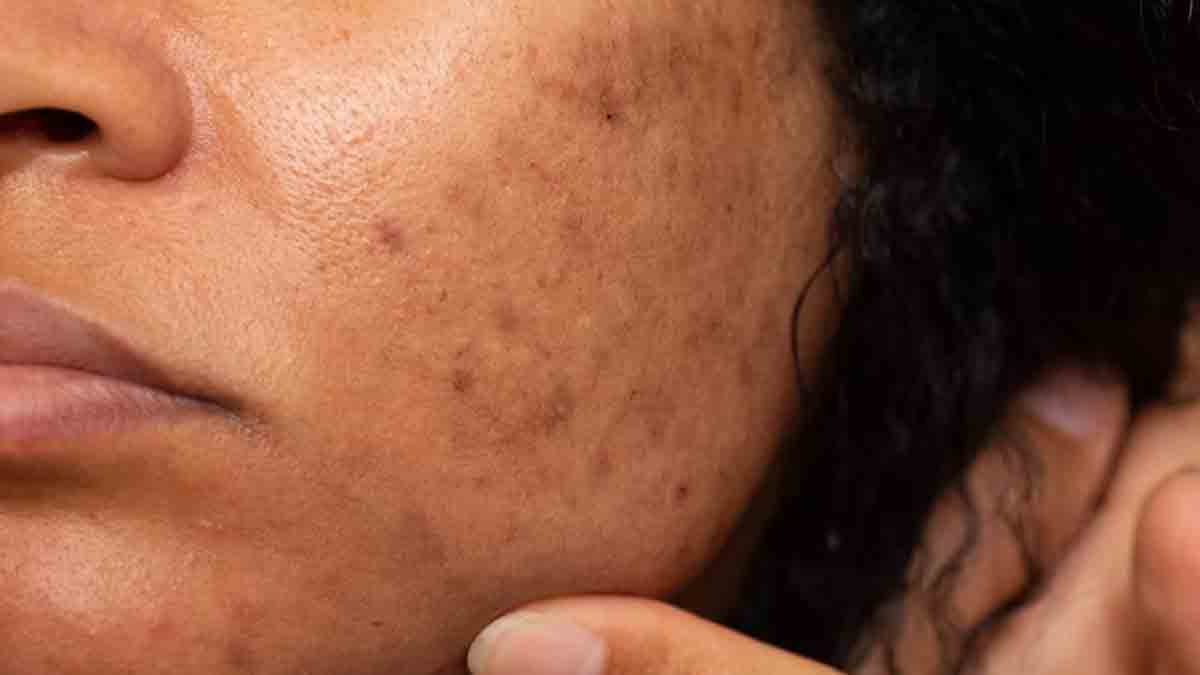
Ever noticed dark patches on your skin that look different from acne but resemble freckles? These are called melasmas, which typically appear on the face. Many people have different interpretations for what causes this skin condition; however, we at OnlyMyHealth spoke to an expert to learn everything about it. Here's what Dr Madhumita Bhattacharya, Consultant, Dermatology, Fortis Hospital, Anandapur, Kolkata, told us about its causes, risk factors, and treatment options.
Table of Content:-
What Is Melasma?

Melasma is a common skin condition that is characterised by darker, discoloured patches of the skin, as described by Dr Bhattacharya.
“The patches are either brown, grey-brown, or blue-grey in colour,” she added.
Also Read: Can Itchy Skin Be A Sign Of Cancer? Here's What Doctor Has To Say
According to StatPearls Publishing, melasma is more common in darker skin types than in lighter skin types, and it is particularly more common in light brown skin types. Additionally, women are nine times more at risk of developing the condition than men.
Causes And Risk Factors

Many factors can lead to melasma.
Generally, it is caused by the overproduction of the cells or melanocytes that produce more melanin, which forms the colour of the skin, said Dr Bhattacharya, adding that it mostly appears on the forehead, nose, cheeks, chin, above the upper lip, and sometimes on the back, arms, and neck.
Common reasons behind it include genetic influences, ultraviolet (UV) radiation, pregnancy, hormonal therapies, cosmetics, phototoxic drugs, and antiseizure medications.
According to the doctor, the types of people who are more at risk include:
- About 90% of the melasma patients are women.
- Pregnant women are affected by it.
- Dark-skinned or tanned-skinned people
- Women who frequently consume oral contraceptives
Research suggests melasma affects 15–50% of pregnant patients, with the prevalence varying between 1.5 and 33% depending on the population.
Dr Bhattarcharya refers to pregnancy-related melasma as ‘mask of pregnancy’. According to him, the two sexual hormones in women, namely oestrogen and progesterone, and hormones that stimulate melanocytes usually increase during pregnancy, particularly in the third trimester, making the women prone to melasma.
How To Get Rid Of Melasma

Prevention is better than cure. But since there is no absolute prevention against melasma, here are some ways to reduce your risk:
- Avoiding the consumption of contraceptives and the like.
- Avoid make-up, skincare products, and scented soaps that may irritate the skin.
- Avoiding direct and incessant contact with sunlight and other sources of light. Apply sunscreen with
- If you have developed melasma, the treatment will depend on its severity.
“Melasma in some cases would require treatment, while in other milder cases, it may fade on its own,” said Dr Bhattarcharya.
The treatments for melasma include:
- Topical medications like hydroquinone, azelaic acid, tretinoin, etc. (as prescribed by the dermatologist)
- Chemical (skin) peels
- Laser
It is important that you consult a dermatologist before adapting to any of the above-mentioned treatments, the doctor advised.
Also watch this video
How we keep this article up to date:
We work with experts and keep a close eye on the latest in health and wellness. Whenever there is a new research or helpful information, we update our articles with accurate and useful advice.
Current Version